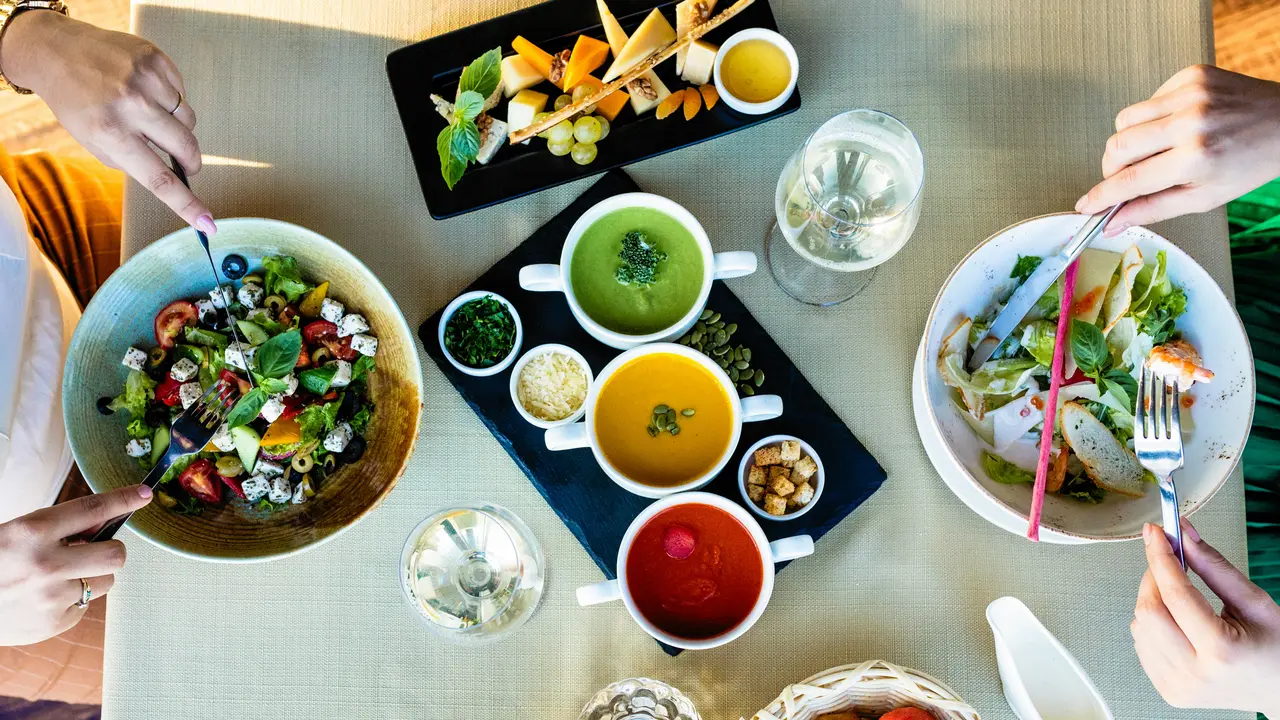Are you in the middle of baking and find yourself out of white sugar? You may be wondering, can you use brown sugar instead of white sugar? This common question has a simple answer but comes with various nuances in flavor and texture. In this article, we’ll explore the differences between brown and white sugar and how to successfully substitute one for the other in your recipes.
Understanding Brown Sugar and White Sugar
What is Brown Sugar?
Brown sugar is essentially white sugar that has had molasses added back to it after processing. This gives it its characteristic rich flavor and darker color. The amount of molasses dictates whether it is light brown sugar or dark brown sugar. Both types can impact the taste of your baked goods in unique ways.
What is White Sugar?
White sugar, also known as granulated sugar, is the most common form of sugar used in households. It has a fine texture and is completely devoid of molasses, offering a more neutral sweetness. This type of sugar is often preferred for recipes where a clean, sweet flavor is desired.
Can You Use Brown Sugar Instead of White Sugar?
Direct Substitution in Recipes
The answer to “can you use brown sugar instead of white sugar” is yes, you can! However, you may need to make some adjustments in your recipes. Here are a few tips for substituting brown sugar for white sugar:
- Use a 1:1 ratio; if the recipe calls for 1 cup of white sugar, you can use 1 cup of brown sugar.
- Note that brown sugar is moister than white sugar, which may impact the texture of your final product.
- You may need to slightly reduce the amount of liquid in the recipe to maintain the desired consistency.
Flavor and Texture Differences
Using brown sugar instead of white sugar will not only change the sweetness but also alter the flavor profile of your dish. Brown sugar adds a deeper, more caramel-like flavor that can enhance certain baked goods. However, it may also affect the texture:
- Baked goods made with brown sugar tend to be chewier and moister.
- Cookies made with brown sugar often spread out more than those made with white sugar due to the moisture content.
When to Use Brown Sugar Instead of White Sugar
Baked Goods
Brown sugar works particularly well in recipes such as:
- Chocolate chip cookies
- Gingerbread
- Carrot cake
In these types of recipes, the rich flavor of brown sugar complements robust ingredients.
Syrups and Sauces
When making sauces or syrups, you can also use brown sugar in place of white sugar. The molasses content in brown sugar adds an extra depth that can enhance the overall flavor:
- BBQ sauces
- Pancake syrups
- Marinades
Potential Challenges of Using Brown Sugar
Moisture Content
One of the potential challenges when substituting brown sugar for white sugar is the added moisture that comes with brown sugar. Depending on the recipe, this could lead to excessive moisture, which might affect the cooking time or the final texture.
Flavor Overpowering
In some delicate recipes, such as light meringues or certain frostings, the strong flavor of brown sugar might overpower other subtle flavors. In such cases, it’s best to stick with white sugar.
Conclusion
In summary, the question “can you use brown sugar instead of white sugar” has a straightforward answer: yes! However, understanding the differences in flavor, texture, and moisture content is essential for successful substitutions. With the right adjustments and knowledge, brown sugar can enhance many of your favorite recipes. Don’t hesitate to experiment and see how brown sugar works for you. If you enjoyed this article, feel free to share it, or check out our other articles for more baking tips and recipes!
Sugar – Useful Links
- DC – Get the Facts: Added Sugars
- American Heart Association – Added Sugars
- Harvard T.H. Chan – Added Sugar in the Diet
- MedlinePlus – Sweeteners – sugars
- NIDDK – Healthy Living with Diabetes
